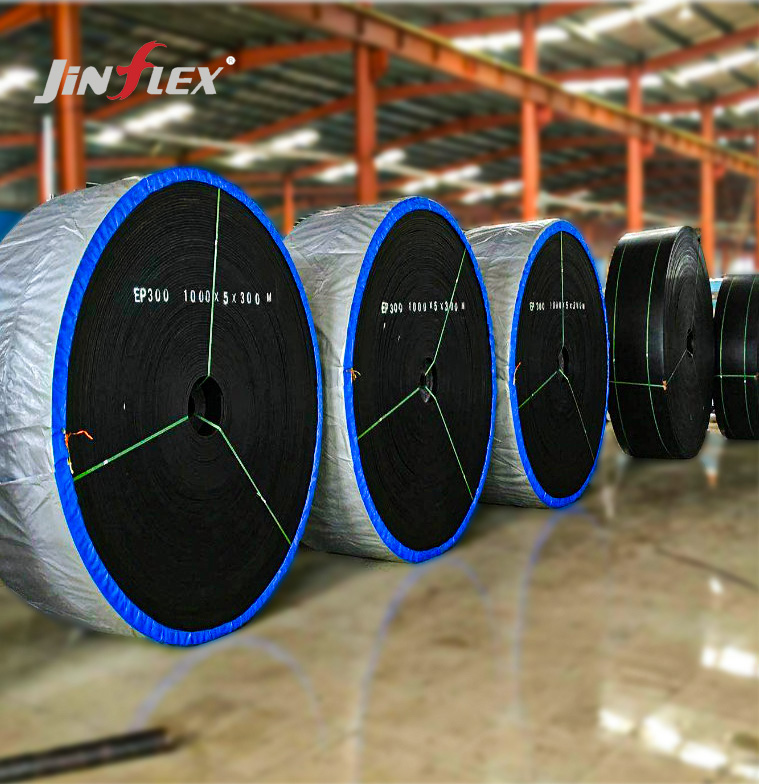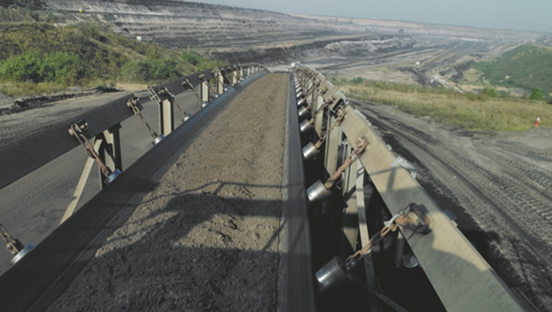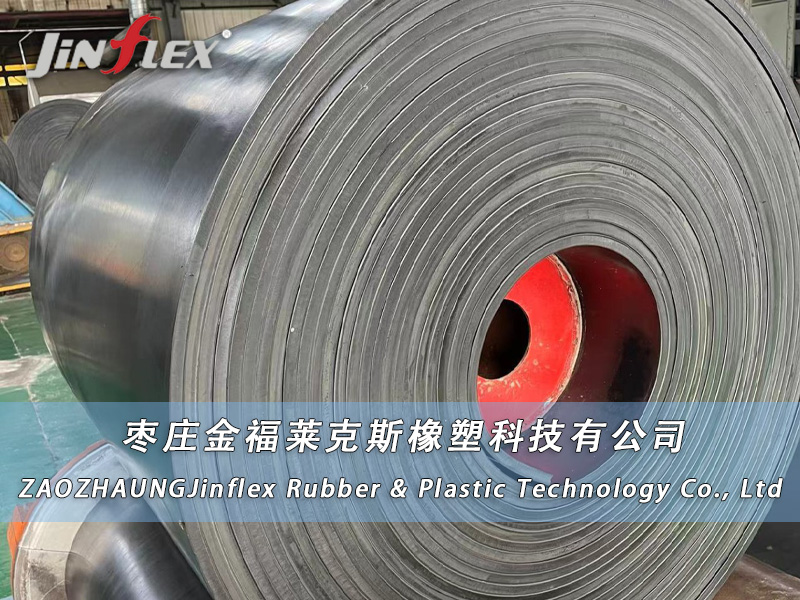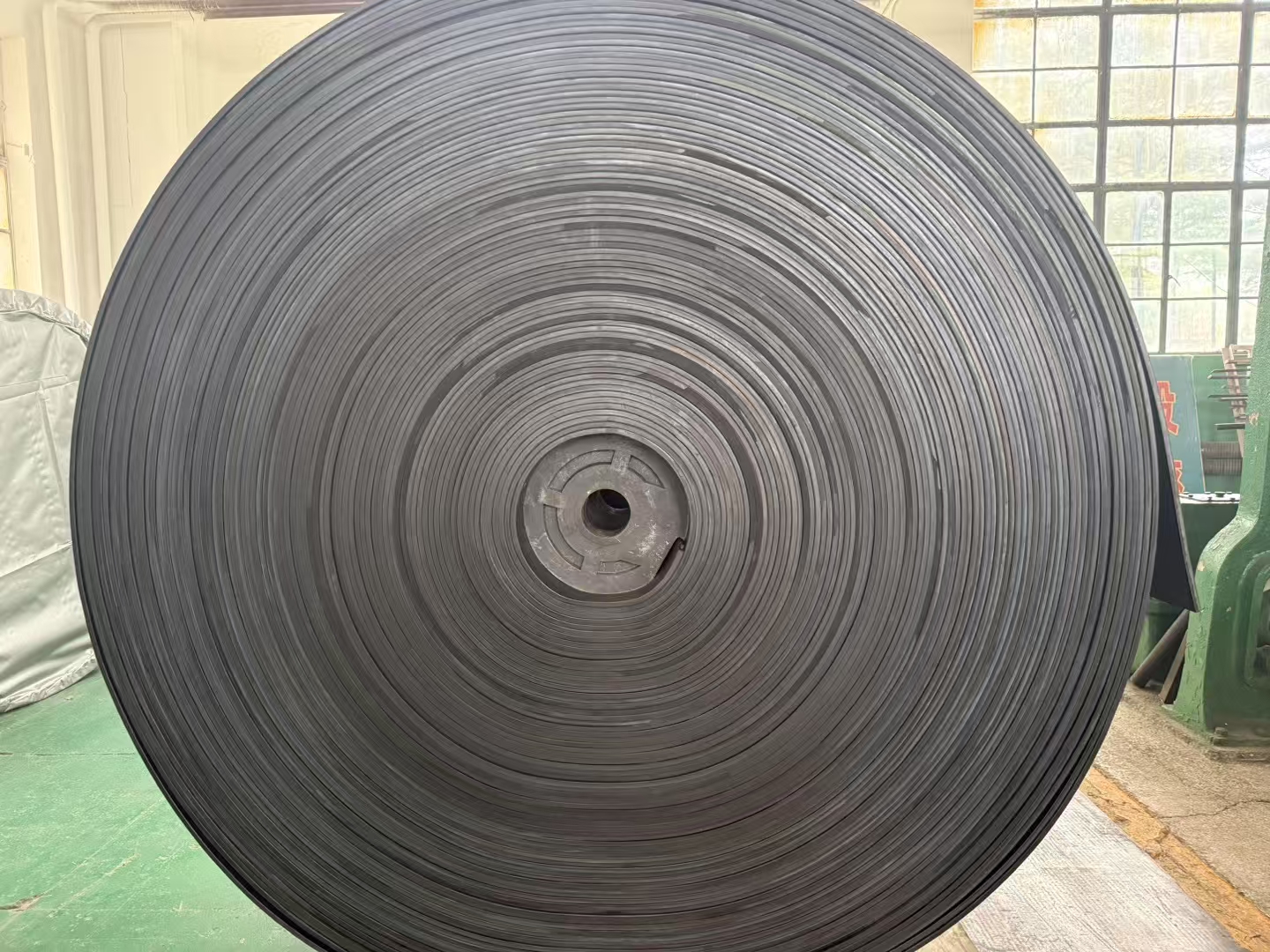What are the methods of connecting conveyor belts?
Conveyor belt connection refers to the process of connecting the conveyor belts at both ends to ensure that the conveyor belt as a whol e transports materials stably. Common conveyor belt connection methods include:
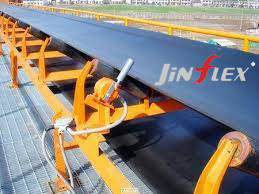
Mechanical connection: Mechanical connection is to connect the conveyor belts at both ends together through metal or plastic connectors. Common mechanical connection methods include bolt connection, pin connection, wire hook connection, steel tooth connection, etc. This connection method is suitable for some occasions with higher requirements and can provide strong connection force, but the installation and replacement are more cumbersome.
2. Thermal connection: Thermal connection is a connection method that uses equipment such as a hot soldering iron or a high-frequency welding machine to heat and bond the ends of the conveyor belt together. Thermal connection can provide good connection strength and sealing, and is suitable for some occasions that require precise and high-strength connection.
3. Cold connection: Cold connection is a connection method that uses special connecting glue or adhesive to bond the ends of the conveyor belt together. The cold connection operation is simple, convenient and fast, and is suitable for the connection of some temporary or small conveyor belts.
4. Mechanical riveting: Mechanical riveting is a connection method in which metal rivets are fixed at the joint of the conveyor belt using tools such as a riveting press or manual riveting pliers. The mechanical riveting connection is strong and wear-resistant, and is suitable for the connection of some heavy-duty conveyor belts.
5. Mortise and tenon connection: Mortise and tenon connection is to design the ends of the conveyor belt at both ends into the shape of tenon and tenon, and connect them together by embedding each other. Mortise and tenon connection is suitable for some occasions where conveyor belts need to be replaced frequently, and the operation is simple and convenient.
Zaozhuang Jinflex Rubber & Plastic Technology Co., Ltd. reminds customers that when choosing an appropriate conveyor belt connection method, they need to consider factors such as conveyor belt material, working conditions, characteristics of transported materials, connection frequency, and safety requirements. When connecting conveyor belts, relevant installation rules and operating procedures should be followed to ensure that the connection is firm, safe and reliable.





